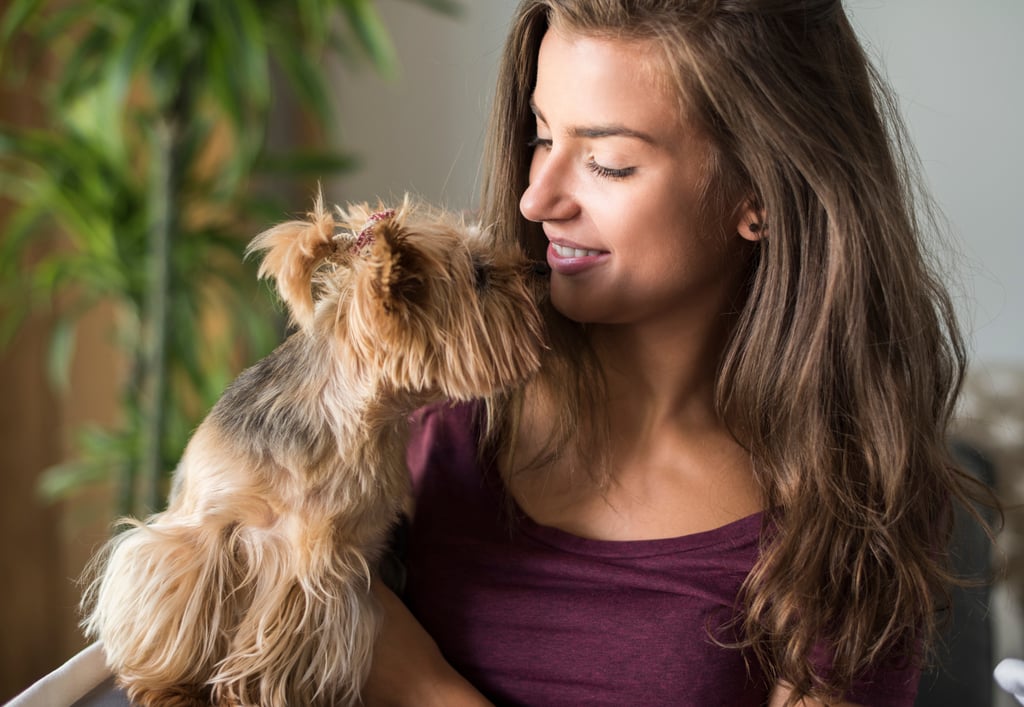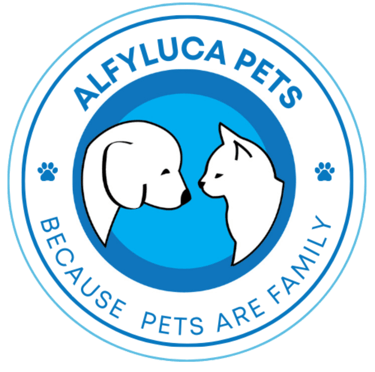The Ultimate Pet and House Sitting Checklist for Owners
1/6/20255 min read


Preparing Your Home for a Sitter
Preparing your home for a sitter is a crucial step to ensure a smooth and successful experience for both the sitter and your pets. First and foremost, a clean and organized environment not only provides comfort for the sitter but also fosters a positive atmosphere for your pets. Start by tidying up common areas, such as the living room, kitchen, and entryway. Dust surfaces, vacuum floors, and ensure any pet-related messes are addressed, as this will make the sitter’s transition into your home much smoother.
Next, it is essential to ensure that all critical areas of the home are easily accessible. This includes not only the areas where the sitter will be spending time, such as the living space and bathroom but also special conditions like food storage or any pet-specific utility rooms. Make sure that all doors are unlocked and that any security systems are clearly explained to eliminate confusion and potential issues. It can be helpful to provide keys, remote controls, and instructions related to any security devices upfront.
To provide further support, consider offering specific instructions regarding your pet’s routines, dietary preferences, and any special needs they may have. Additionally, highlight your home’s unique features, such as where to find extra supplies, how to operate appliances, and where necessary documents are located. Leaving your contact information, including your phone number and email, is also essential so that the sitter can reach you easily if questions arise. Lastly, a small welcome note can set a pleasant tone and make the sitter feel comfortable and valued in your space.
Essential Information for Pet Care
When preparing for a period away from home, it is vital for pet owners to compile essential information that will aid in the seamless care of their beloved animals. A comprehensive care routine must be devised, detailing everything from feeding schedules to dietary restrictions. For instance, owners should clearly outline what type of food their pets consume, how much they should be fed, and the specific times for each meal. This ensures that the pet's dietary needs are met, avoiding any potential health issues.
In addition to feeding, it is crucial to address exercise requirements. Different pets have varying levels of energy and exercise needs, so it is important to specify the frequency and duration of walks or playtime that your pet typically requires. Documenting any preferred toys or activities can enhance the sitter’s ability to keep the pet engaged and happy. Furthermore, grooming routines should not be overlooked. Whether it involves brushing, bathing, or trimming nails, providing a clear schedule is essential for maintaining the pet's hygiene and comfort.
Moreover, an emergency contact list should be accessible. This list should include the contact information for your pet's veterinarian, local animal hospitals, and trusted neighbors. Additionally, pet owners should consider providing their own contact information while they are away, in case the sitter encounters any questions or emergencies regarding the pet's wellbeing.
To ensure pets feel comfortable and secure in their owner's absence, it is important to offer suggestions on creating a calming environment. This could include leaving behind familiar toys, bedding, or even a piece of clothing that carries the owner's scent. By thoroughly preparing this essential information, owners can enhance the care provided to their pets, giving them the reassurance that their beloved animals will be in capable hands while they are away.
Security and Safety Protocols
When preparing for a pet and house sitter, establishing firm security and safety protocols is paramount. A comprehensive set of guidelines not only ensures the safety of your residence and pets but also provides peace of mind for the sitter. Firstly, it is essential to discuss lock protocols. Clearly specify which doors or windows are to remain locked and which may be accessed. Provide instructions for locking mechanisms, especially if they are non-standard or complex, to prevent any inadvertent security breaches.
Another critical element is the management of alarm systems. If your home is equipped with a security alarm, ensure that the sitter is familiar with the system’s operation, including how to arm and disarm it. Provide them with any necessary codes or keys, and emphasize the importance of setting the alarm when they leave the premises. This structure not only protects your property but also fosters a sense of responsibility and diligence for the sitter.
Forms of access are also vital to address—make arrangements for house keys. You may want to provide a spare key through a secure method, rather than leaving it hidden under a mat or flower pot, where it can be easily discovered. Consider whether you will require the sitter to return the key at the conclusion of their stay or if you anticipate future visits, providing options as needed.
Additionally, openly discuss any safety concerns related to your home environment. This may include presenting information about hazardous materials, restricted access areas, or any specific pet behaviors that could lead to safety issues. Establishing these security and safety protocols not only enhances the sitter's confidence but also creates a stable environment for your pets while you are away.
Creating a Comprehensive Checklist
Developing a comprehensive checklist is an essential step in ensuring that both the pet owner and the sitter enjoy a smooth and worry-free experience. By compiling important information into a practical format, you can facilitate the efficient care of your pets and home while you are away. Begin by listing your pets' daily routines, including feeding schedules, walk times, medication requirements, and any special needs. This ensures that the sitter is fully aware of what is required and can maintain consistency for your pets.
In addition to pet-related tasks, it is vital to include information about your home. This encompasses details about household chores, security protocols, and emergency contacts. A competitive checklist should provide guidelines on how to reach you, veterinarians, and pet emergency services, along with any specific instructions related to the care of plants or household appliances. By documenting all these tasks, you not only provide clarity but also instill confidence in the sitter's ability to manage your home and pets.
To simplify this process, consider downloading our pet care planner. Our House/pet sitters Journal is coming soon and will include information to collect and keep in a safe space, ensuring that no vital details are overlooked. The planner will also feature sections for notes and reminders, which can be especially helpful in case any unique issues arise while you are away. Utilizing this organizational tool promotes a systematic approach to pet care and household management, decreasing the likelihood of miscommunication.
Ultimately, a thorough checklist serves to foster a sense of security, allowing both the pet owner and the sitter to be on the same page. Having everything well-documented not only reassures the owner about the well-being of their pets but also empowers the sitter to perform their responsibilities with confidence.
Download our Free Ultimate Pet Care Planner Today!
Make your time away stress-free with our comprehensive Pet Care Planner. This easy-to-use tool ensures your sitter has everything they need to keep your pets happy and your home secure. From detailed feeding schedules to emergency contacts, every essential detail is covered.
Click below to download the Pet Care Planner and enjoy peace of mind knowing your pets and home are in the best hands. Your journey starts with preparation—download now!


Contact
+61412922312


Our Service Area
Manly
Northern Beaches, NSW
Dog walking and house/petsitting Lower Northern Beaches:
Manly
Fairlight
Clontarf
Seaforth
Balgowlah Heights
Dog walking and house/petsitting lower North shore
Beauty Point
Balmoral
Georges Heights
Taronga area (Taronga Point)
Clifford Gardens
Cremorne
Cremorne Point
Neutral Bay
Kurraba Point
Mosman
Dog walking and house/petsitting Mid Northern Beaches:
Freshwater
North Curl Curl
South Curl Curl
Collaroy Plateau
House/pet sitting Upper Upper Northern Beaches
Whale Beach
Palm Beach
Avalon Beach
Clareville
